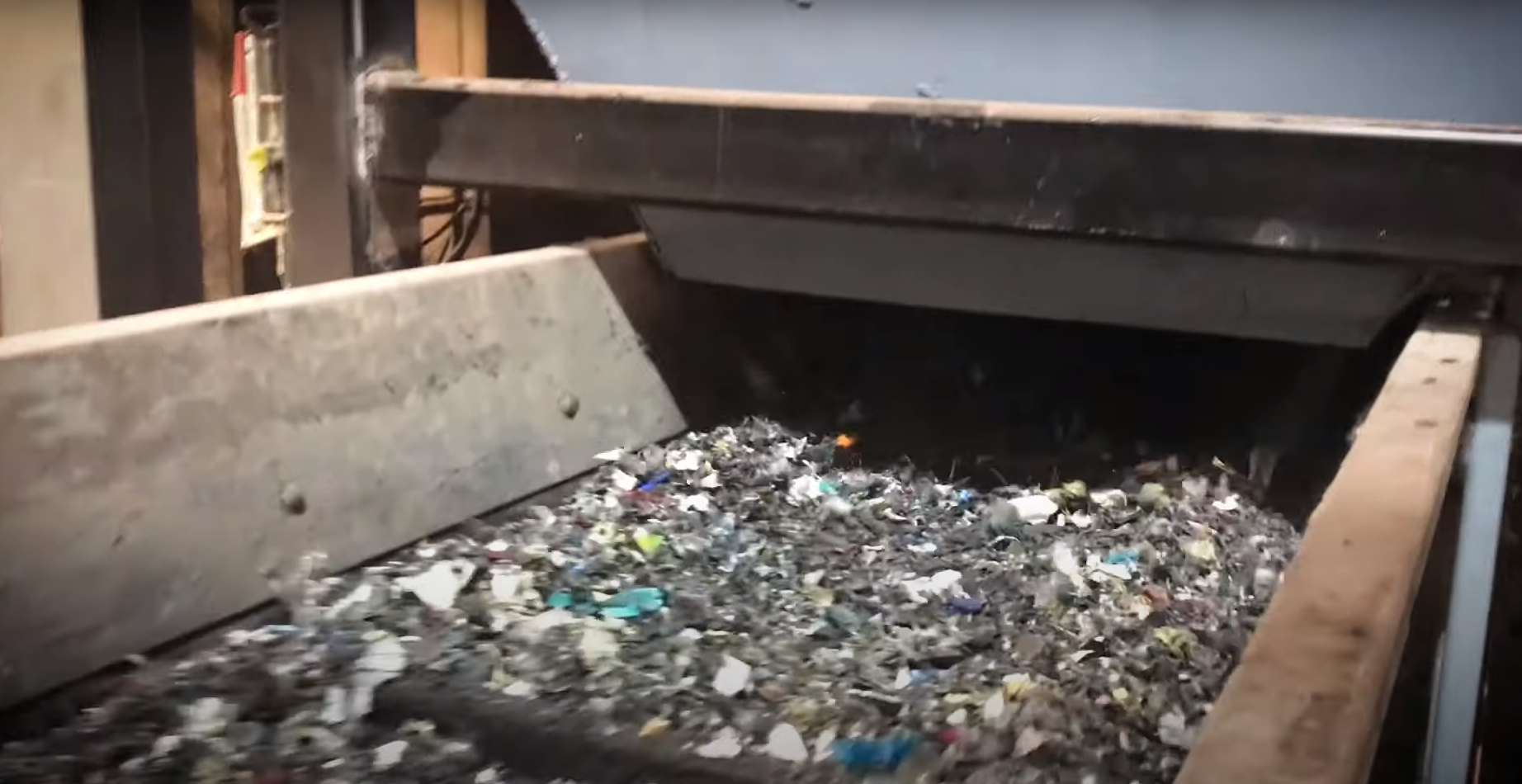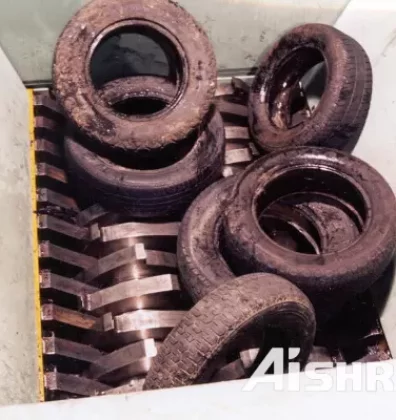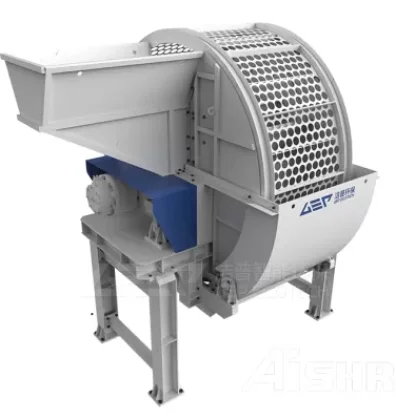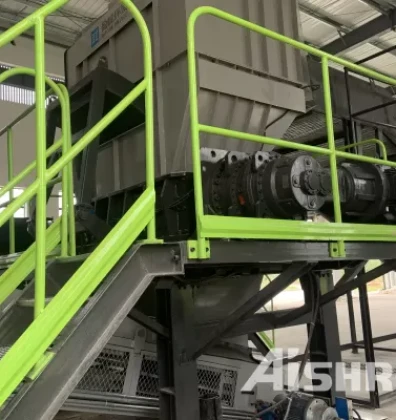Converting waste plastics into Solid Recovered Fuel (SRF) offers a sustainable solution by repurposing discarded plastics into an alternative energy source. This process not only reduces landfill waste but also provides a cleaner and cost-effective fuel option while supporting environmental conservation efforts.

Types of Waste Plastics Suitable for SRF
Solid Recovered Fuel (SRF) can be derived from various waste plastics. Plastics suitable for SRF typically include:
- Polyethylene Terephthalate (PET): Commonly used in water and soft drink bottles.
- High-Density Polyethylene (HDPE): Used in milk jugs, detergent bottles, and some plastic bags.
- Low-Density Polyethylene (LDPE): Found in plastic wraps, grocery bags, and various containers.
- Polyvinyl Chloride (PVC): Used in pipes, window frames, and flooring.
- Polypropylene (PP): Found in food containers, packaging materials, and bottle caps.
- Polystyrene (PS): Used in foam cups, packaging, and disposable cutlery.
- Mixed Plastics: Assorted plastic materials that might not be suitable for recycling individually but can be used in SRF production.
SRF Production Process from Waste Plastics
The production of Solid Recovered Fuel (SRF) from waste plastics involves several key steps:
- Collection and Segregation: Waste plastics are collected from various sources and segregated based on their type and quality. This helps in sorting plastics suitable for SRF production.
- Shredding: The collected plastics are shredded into smaller pieces using specialized equipment like shredders. This process reduces the plastics into manageable sizes, making them suitable for further processing.
- Sorting and Cleaning: The shredded plastics undergo further sorting and cleaning to remove contaminants such as metals, paper, or other non-plastic materials. This ensures the purity of the feedstock.
- Drying: Some plastics may contain moisture content. Drying the shredded material is crucial to eliminate moisture, enhancing the combustion efficiency of the SRF.
- Pelletizing or Compaction: The processed plastics are then compressed or pelletized to form uniform-sized particles or pellets. This step enhances the homogeneity of the SRF and facilitates handling and storage.
- Quality Control: The produced SRF undergoes quality checks to ensure compliance with standards for calorific value, moisture content, and impurity levels.
Several countries and industries around the world are increasingly adopting technologies for converting waste plastics into SRF, recognizing the economic and environmental benefits of this innovative waste-to-energy solution. As advancements in technology continue, the conversion of waste plastics into SRF is expected to play a pivotal role in creating a more sustainable and circular approach to waste management and energy production. GEP ECOTECH can provide solutions and equipment for turning plastic into SRF. Welcome to consult!




